Like every Household tool, vacuum cleaners have evolved over time to meet the needs of their users. and while the vacuum has seen many changes since its invention, a basic question remains. What design is the most effective for meeting the needs of our homes? When users go shopping for a new machine, what is the best vacuum Cleaner for the job?
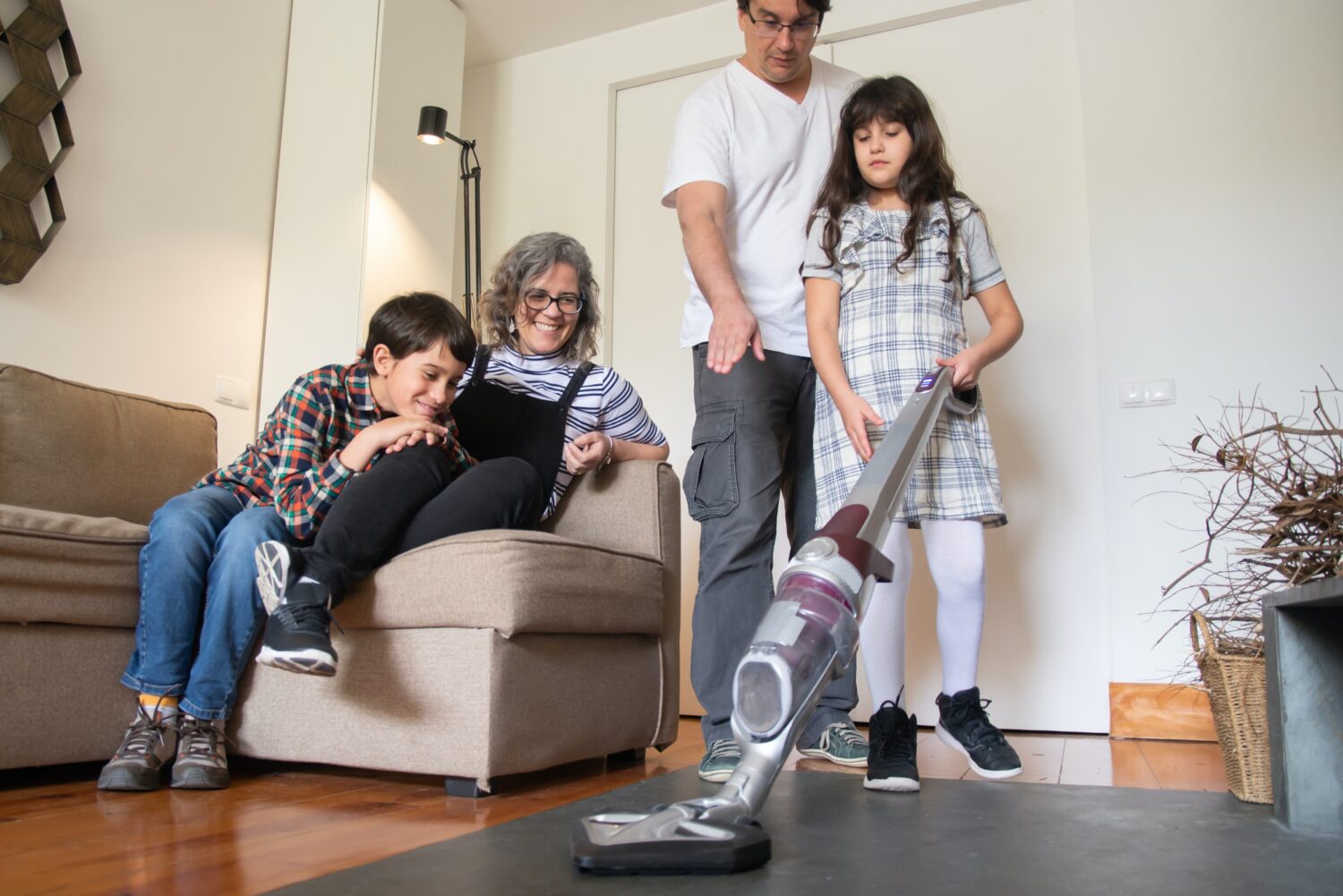
A Little History
If I asked you to picture an early vacuum cleaner, what image would come to mind? I tend to think of one of those 1950’s illustrations. You know the ones. In the picture, a wife and mom is wearing an apron, heels and pearls, pushing her favorite cleaning device over the family room rug with a big smile plastered across her face. (Because, after all, vacuuming is so FUN!)
But that model is a modern miracle when compared to the first vacuum cleaner. In fact, the original vacuum pre-dates the mid-century version by nearly a century. Yes! The very first vacuum was actually a “carpet sweeper,” invented by Daniel Hess in 1860. Granted, Hess’s tool was manually operated. But it did include a bellows and a brush that rotated to pick up debris.
After Hess paved the way, a series of inventors fine-tuned the concept and made vacuum cleaner history. H. C. Booth’s huge, horse-drawn contraption in Great Britain comes to mind. It wasn’t long before the “horseless” version arrived on the scene, but home-sized appliances were still on the far horizon.

Then, in 1908 a department store janitor, James Murray Spangler from Ohio, patented a newfangled machine. It had a rotating brush, electric fan, box and a bag to collect dust. Moreover, Spangler was not only a cleaning professional, he was also an asthmatic. His design was meant to clean but also to make sure dirt and debris were not recirculated in the air. It is why he added that bag to the long handle of his mechanism. Rumor has it, he used one of his wife’s prized pillowcases in his prototype. Ultimately, though, Mr. Spangler did not have the investors to scale his invention. He decided to sell the patent to William Henry Hoover. The rest is, as they say, history!
In the generations to come, Hoover’s name would become so connected with the task of vacuuming that folks started calling it “hoovering.” Then, in 1920, Air-Way in Toledo, Ohio, introduced the first vacuum cleaner with a disposable bag. Though this mechanical housekeeping tool was beyond the budget for most families at first, by the end of the 2nd World War, the booming middle class slowly turned the tide of vacuum cleaner ownership.
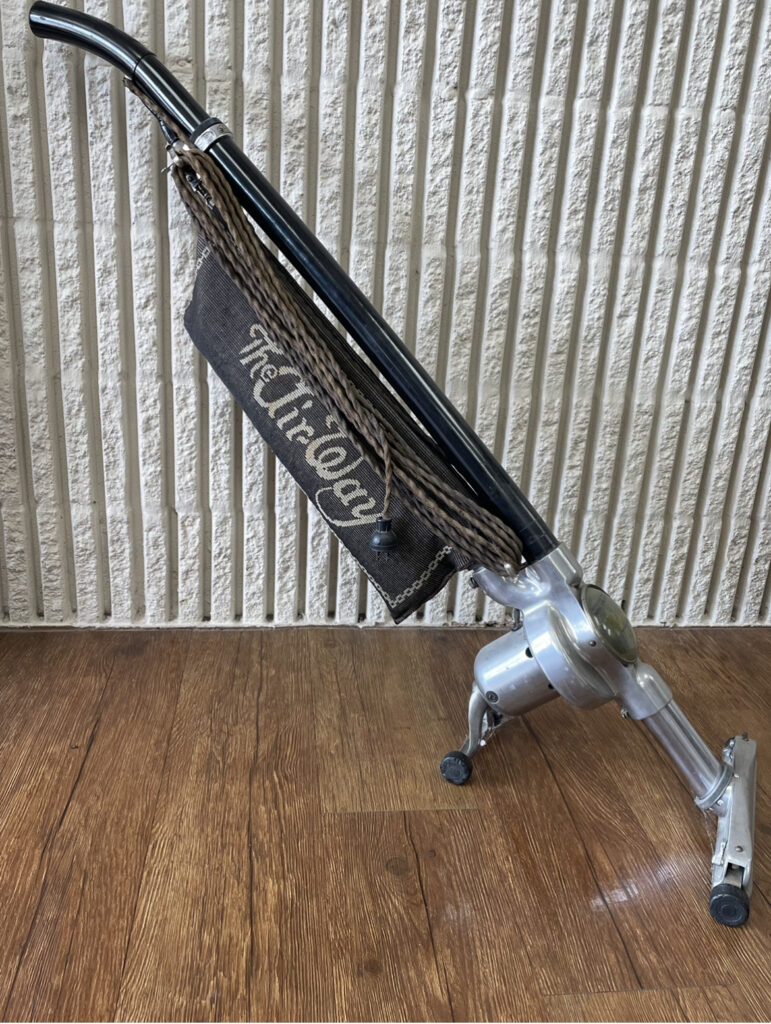
As for vacuum history, starting in the mid-centruy, the main question homeowners asked when shopping for their best vacuum cleaner option was whether they wanted an upright or canister style device. In both cases, the vacuum cleaners were bagged machines. Then, in the 1980’s, James Dyson introduced a bagless, cyclonic vacuum that revolutionized the industry, It was then that the bag versus bagless debate began.
In the 21st century, vacuum innovations have expanded. Designs now range from battery operated hand-helds to industrial grade and truck-mounted varieties. Consumers even have access to wet-dry machines and robotic models. Through all these innovations, a basic question has emerged. Which model is the best vacuum for residential use – bagged or bagless?
Industry “Newcomer” – The Bagless Vacuum
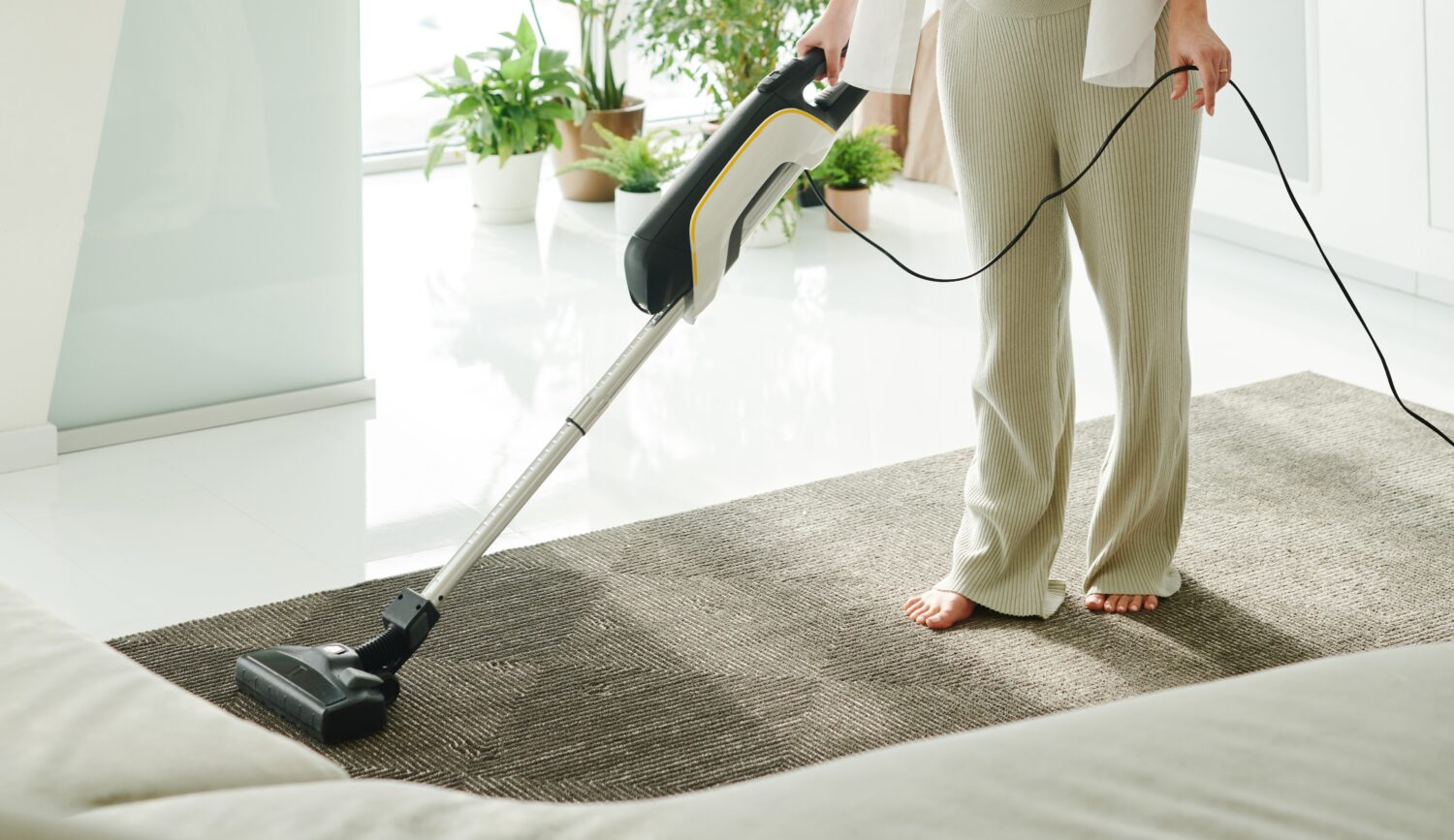
Let’s be honest. The idea of a bagless model is enticing. Apart from the aesthetics, there are three reasons a shopper might consider the bagless design as the best vacuum cleaner for their needs. The pros boil down to convenience, budget and sustainability.
Fans of the bagless vacuum always point to the argument that a cyclonic vacuum does not require the user to have replacement bags on the ready. Indeed, once a bagless vacuum cleaner has picked up a certain amount of debris, it can simply be emptied into the nearest trash receptacle. In contrast, the bags of a traditional vacuum cleaner must be changed out semi-regularly. This can be inconvenient if a person is in the middle of a vacuuming frenzy and not wanting to lose that awesome momentum.
Replacement rates for vacuum cleaner bags depend upon the frequency with which the vacuum is used and the extent of the soil the vacuum has to tackle. As disposable bags fill with dirt, the suction power of the device is reduced. For that reason, regular replacement is necessary for machine efficiency. In contrast, a bagless vauum has a built-in collection cannister. Dust, grit and pet hair can be emptied as soon as that cannister is full. When deciding on the best vacuum, in terms of a bag or bagless model, ease of disposal scores big points for convenience.
Another clear cut argument against bagged vacuums is the ongoing expense of purchasing replacement bags. Granted, this is rarely a large investment but it is a necessary one and it continues through the life of the bagged device. That said, the bagless version of this household workhorse still requires maintnenance. Specifically, bagless vacuums have filters that need occasional cleaning, or, in the case of HEPA filters, replacement. Depending upon the type and model of machine, cleaning of those filters must be figured in to the question of convenience. Likewise, the cost of replacing HEPA filters is a big part of the ongoing maintenance budget for a bagless choice.
Lastly, for consumers who prioritize sustainability, the truth is, used vacuum bags do end up in landfills. In contrast, the only waste generated by bagless vacuum owners is whatever receptacle they use for disposing the contents of their device. Oh, and whatever filters they throw away at time of replacement. In this case we’re talking the environmental long game – and it is an important argument when weighing the best vacuum cleaner for a household.
Industry Classic – The Bagged Vacuum
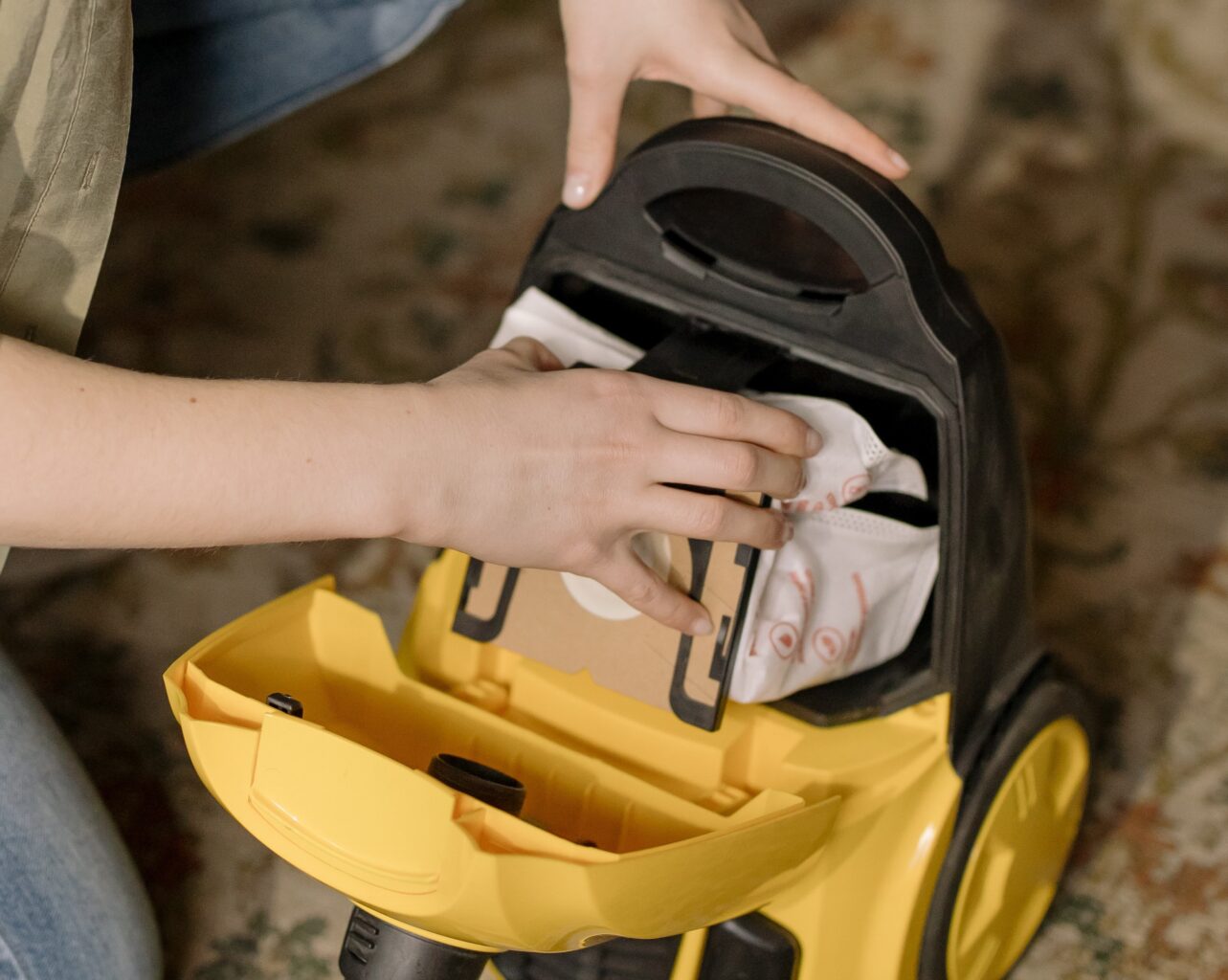
With all the arguments in favor of bagless vacuums, consumers may be left wondering why anyone would ever go back to the old school variety of bagged vacuum. On the other hand, some folks lean towards the tried and true. But really, the pros and cons of this design are pretty straightforward.
Bagged vacuums tend to be heavier and, depending upon whether it is a stick model or a cannister, can be a little more clunky to manuever. If you have a living space that has a lot of furnishings or that is more compact and tricky to move around in, a cannister model can be a liability. If you need something super light due to health or accessibility, a bagged vacuum may not be a match. That said, vacuum companies are constantly innovating their products and there is generally a vacuum out there for every situation, especially if price is not a concern.
Speaking of price, it’s common to ask whether you should be swayed by the cost of the actual device? Vaccuum cleaners come in a wide range of pricing, from budget models to luxury options. While the bagged design will require the additional investment of vacuum bag purchases over time, they can be less expensive than bagless. Also, bagless models are likely to need filter replacements more often than the filters in bagged vacuums. One piece of advice from a professional carpet cleaner? Don’t skimp on your vacuum purchase – especially if you have new luxury carpet or valuable area rugs. A vacuum can actually damage a floor textile when not matched to the surface being cleaned or when used incorrectly.
Do you have a concern about home hygiene? If yes, keep in mind that removal of the collected dust, hair and debris is usually straighforward for a bagless vacuum and unlikely to require the user to touch said debris (yuck!). If your household has multiple producers of particulates – read dogs and cats – you are likely to go through bags more often. If you are concerned about air quality in your home, the bagged model is valued for capturing more contaminants and holding on to them through disposal of a used bag. Ultimately, if someone in your household is sensitive to dust and allergens, the better choice is a bagged vacuum.
What Else Should You Keep in Mind When Shopping for Your Vacuum?
Remember: Effective Carpet Maintenance Depends Upon More than Your Vacuum Preference.
Whether you choose a bagged or bagless vacuum cleaner, you may be unaware how often carpet manufacturers suggest vacuuming their products. Big names like Shaw post their carpet maintenance advice right on their company website. They say homeowners should run a vacuum over the entire surface of their carpet at least twice a week and, for the major traffic zones, they should be prepared to vacuum DAILY! Well that is… a lot…for anyone to add to his or her busy day. But there it is.
What’s more, all the big companies require periodic professional cleanings. The manufacturers are so serious about this must-do that they will actually refuse to honor their carpet’s warranty if the buyer has failed to schedule regular professional cleanings, usually every 12 to 18 months.
Remember: Your Carpet Requires Professional Cleaning for Warranty Protection.
You may be surprised to find that professional carpet cleaners use bagged vacuums for their service. While the most effective step of a deep cleaning is likely to be the hot water extraction process, any worthy carpet cleaning company will have a multi-step process for effective carpet care. To acheive the most satisfactory outcomes, that process will likely begin with a pre-vacuuming to remove dry soil and surface contaminants. It is rare to find professionals using a bagless vacuum. Keep in mind, their technicians are likely to be exposed to airborne dirt and debris on a daily basis. Using a bagged commercial machine cuts down on that exposure, leaving both the professional and the client healthier in the long run.
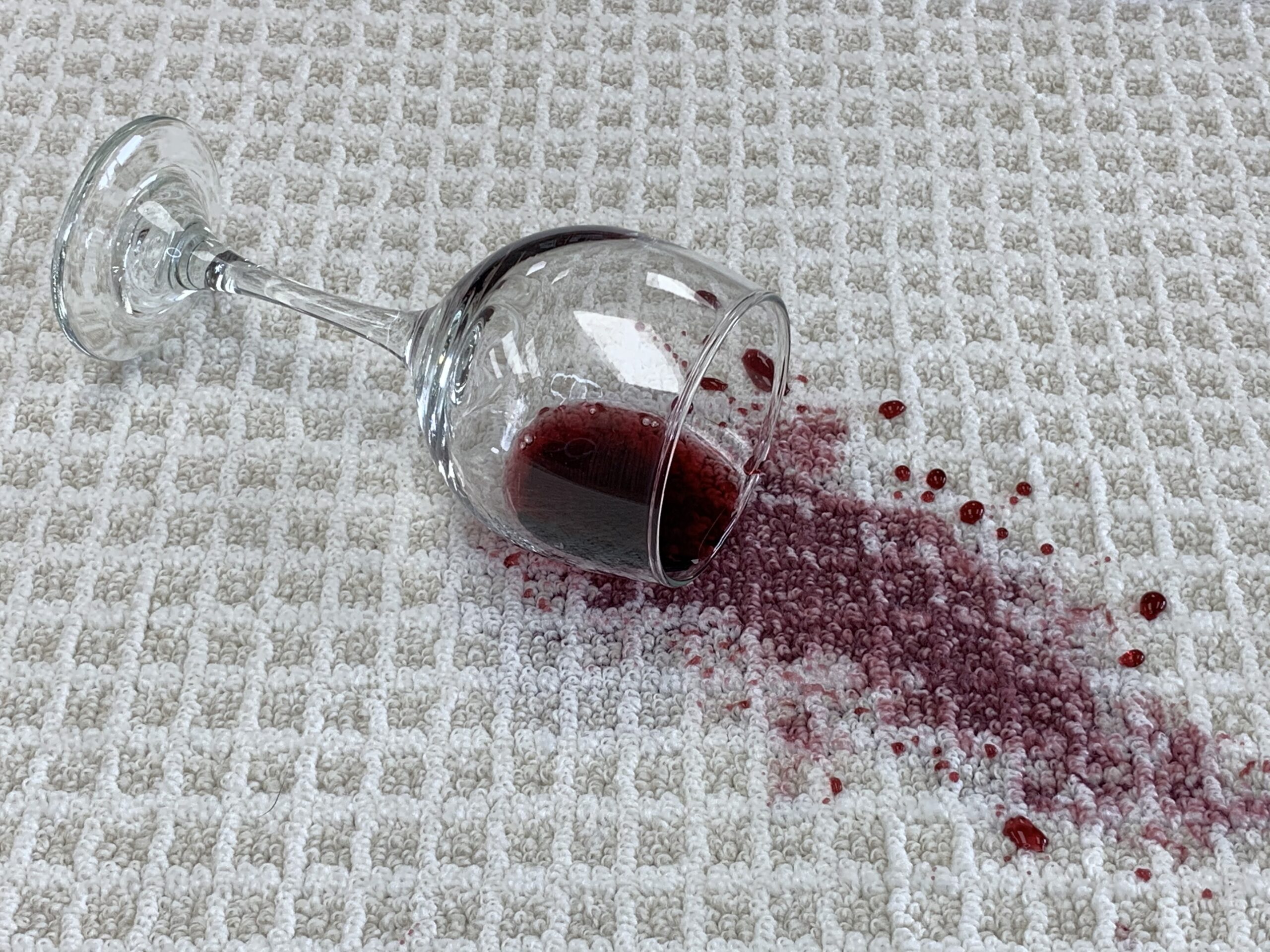
Remember, not all carpet cleaning companies are created equal. Some cleaning companies have the seal of approval from names like Mohawk, Karastan, Shaw, Stainmaster and Fabrica and their cleaning services protect a carpet’s warranty coverage. Other cleaners do not. Ultimately, a highly rated carpet cleaner is a need-to-know professional. After all, even the best vacuum can’t clean up every mess. Some spills and spots need to be left to the pros. A professional carpet cleaner can also advise you of easy steps to maintain your carpet,
If you are in need of a professional carpet cleaning company to maintain your carpet’s warranty and to get the best possible results, refer to a trustworthy how-to article , detailing the most important qualities you want in a professional cleaning business.
Remember: It is a Risk to Buy Your New Vacuum Cleaner from a Big Box Store.
Particularly if you have valuable and vulnerable area rugs. you don’t want to grab any old vacuum cleaner off of a discount store shelf. The reason? Many vacuums are designed with a rotating beater bar that can damage carpet or rugs. Granted, this component is effective at removing surface dirt and debris from hardy wall-to-wall carpet. But if you have area rugs in your home that you vacuum regularly, you probably should not use a vacuum cleaner with an engaged beater bar. The aggressive action and strong bristles of this mechanism can pull out hand knotting, damage the surface of fibers and destroy fringe.
Purchasing your vacuum from a specialist is the best way to make an educated buying decision. You can describe the furnishings and flooring in your household and let him or her walk you through the range of available appliances and amenities on the market. For example, some vacuum cleaners have a way to raise or lower the beater bar mechanism. Others have an upholstery attachment for delicate fringe. If you own heirloom, hand-knotted, wool or Oriental rugs and want to enjoy these items for years to come, make sure you get professional support during the shopping process so you can pinpoint the best vacuum cleaner for your needs.
Lastly, it is helpful to have general information about area rug care before deciding what would be theright vacuum for all the types flooring in your home.
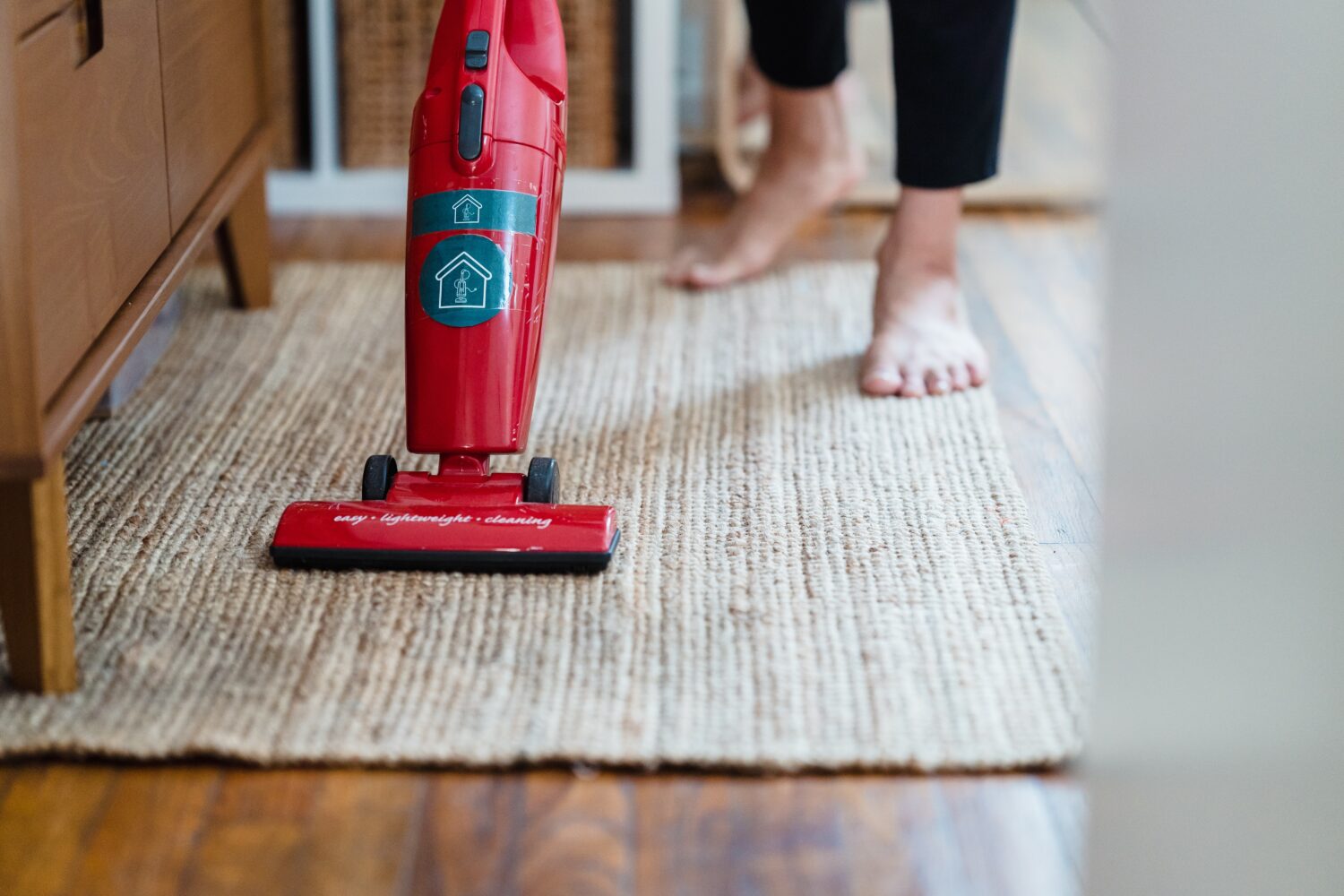
So Bagged? Bagless? The Winner Is…
Before announcing the best vacuum competition results, one great resource for narrowing down the top vacuums in the industry is the third-party Carpet and Rug Institute website. These folks are not sponsored or bullied by any particular vacuum brand. Their interest is in making sure homeowners get the longest life out of their carpets. The CRI provides listings for both commercial and residential appliances, taking into account everything from the machine design to the collection mechanism, the power source, the presence or absence of a HEPA filter, even the speed options and the weight of the machine.
So now for the winning choice. Yup, it may seem like a cop out, but comparing bagged and bagless vacuums is like comparing apples and oranges. Yes, they are both fruit, yes they both satisfy the appetite, but really they are very different. The best choice for you ultimately comes down to the particular circumstances of your household and these key questions.
Do you prioritize convenience – and what does that look like to you? Fewer trips to the store or fewer empties of your device? Is it a matter of expense? If so, are you more concerned about up-front costs or long term maintenance costs? Are you looking at it from a “big E” Environmental angle with a goal to live with as small a carbon footprint as possible? Or maybe you are driven by the “small e” environment of your household. That is, are you living in a home with people who are affected by asthma or allergies?
What now? Crunch all that data. Swipe through the CRI ‘best of’ options. Then assess the condition and warranty requirements of your carpets and the needs of your area rugs. Factor in your budget and homehealth needs. Once you have taken all this information into account, you will be ready to make an educated buying decision. With all your newfound vacuum expertise, you are sure to come up with a vacuum cleaning compromise that will keep you AND your floors happy.
